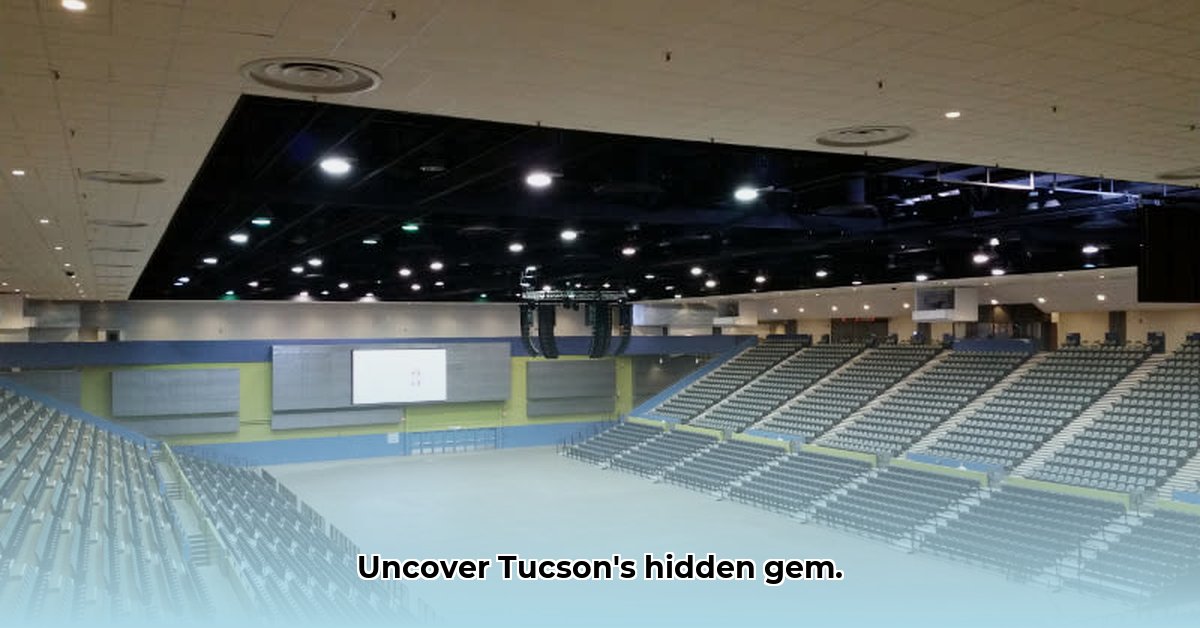
260 South Church Street: A Tucson Enigma
Tucson, Arizona – a city rich in history and vibrant culture. Nestled on South Church Street sits the intriguing property at number 260, a location whose past remains largely untold. This article seeks to shed light on this address, exploring its potential history and significance within the broader context of Tucson's development. While definitive details require further investigation, we'll explore methodologies and possibilities to paint a clearer picture. We can anticipate finding clues related to architectural styles, past inhabitants, and the property's evolution over time.
Uncovering the Past: Methods and Resources
To understand 260 South Church Street's history, we must employ a multi-faceted approach, drawing on various resources:
Pima County Recorder's Office: Property records are a prime source. They detail ownership changes, construction permits, renovations, and potentially even details about the building's original purpose. This provides a chronological framework for the property's lifespan.
Local Historical Societies and Archives: These organizations house invaluable resources, including photographs, newspaper articles, personal accounts, and oral histories that would add color and depth to our understanding. These often-overlooked sources often include details not found in official records.
Architectural Analysis: A visual inspection of the building (if possible) can reveal architectural styles. Are there elements suggestive of Spanish Colonial, Territorial, or Mission Revival influences? These stylistic clues can point towards a specific era and cultural connections.
Sanborn Maps: These historical fire insurance maps can show building footprints, construction materials, and even the type of business occupying the space in different eras.
Potential Scenarios and Interpretations
The history of 260 South Church Street may unfold in various ways. Let's consider some possibilities:
Residential History: Perhaps it was a family home for generations, or a series of families, evolving along with changing needs and architectural styles. Imagine the stories held within its walls—childhood memories, family gatherings, the changing landscape of Tucson viewed through the windows. This scenario could reveal a fascinating microcosm of Tucson's social and family history.
Commercial Past: It might have been a successful business—a general store, a workshop, or a small office. This would involve research into business directories and trade journals from the relevant periods. The discovery of what the business was could provide details about Tucson's economic development during that time.
Multiple Uses: The property could have served different functions over time. Perhaps it began as a residential space that later became a commercial location before returning to residential use. This layer-cake history would require piecing together clues from multiple sources and interpreting potential overlaps and discontinuities.
Architectural Significance: The building might hold architectural significance, even if its history is otherwise unremarkable. Its style could exemplify a particular era and contribute to Tucson's overall architectural legacy. Detailed architectural analysis could be crucial here.
The Value of Local History
Understanding the full history of 260 South Church Street isn't merely about satisfying curiosity; it's about preserving Tucson's rich heritage. Each building holds a unique story, contributing to the larger narrative of the city. By uncovering the past of this seemingly unremarkable address, we deepen our appreciation for the layers of history that shape Tucson's present. This endeavor underscores the importance of preserving local history, one property, one story at a time. Further research will likely reveal fascinating insights into this particular piece of Tucson's past.
Next Steps
The next stage of research entails examining the Pima County Recorder's Office records for 260 South Church Street, followed by an investigation across various local Tucson archives and historical societies. This multi-pronged approach will give us a well-rounded view of the property’s history. The results will unveil a richer story of Tucson’s past.